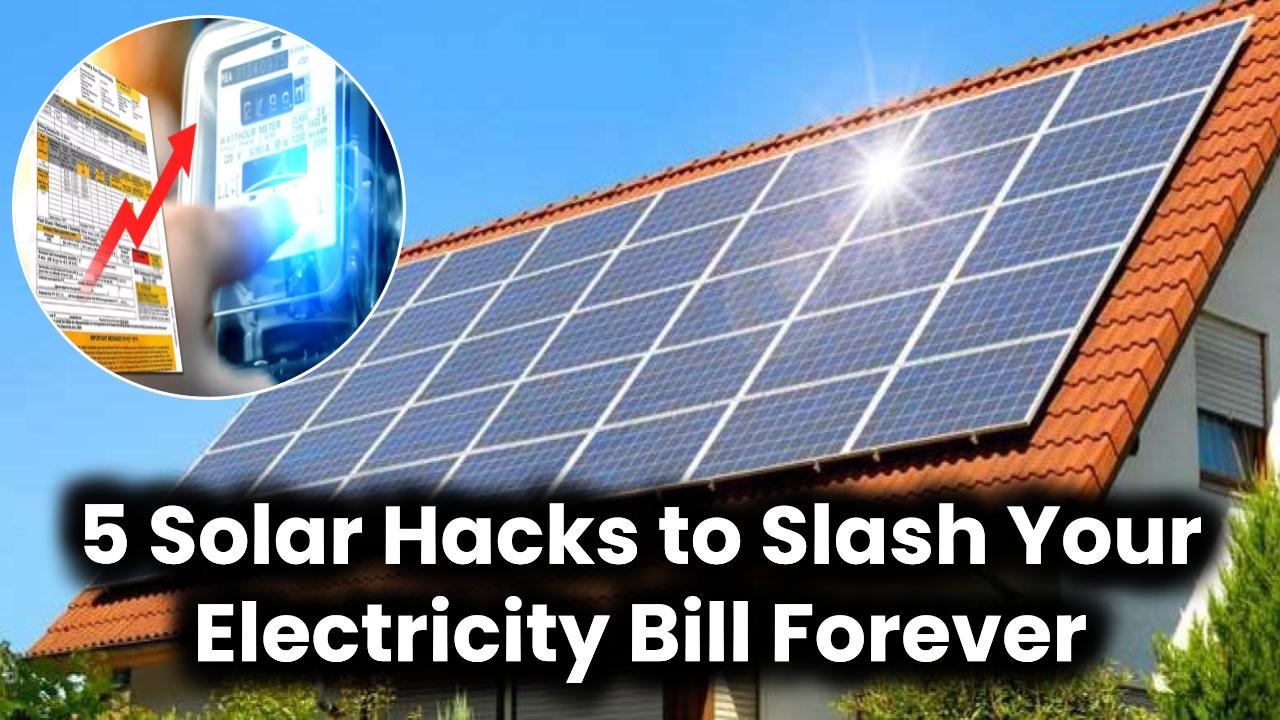
In a landmark achievement, solar energy now provides nearly 20% of Australia’s total electricity generation in 2025. This milestone marks a significant step in the nation’s clean energy transition — driven by millions of rooftop installations, large-scale solar farms, and robust government support.
From remote communities to bustling cities, solar is reshaping how Australians power their lives. Here’s a deep dive into how we got here, what it means for households and businesses, and what’s coming next in Australia’s solar journey.
Also Check: What percentage of U.S. solar panels are made in China? You’ll Be Shocked by the Numbers!
Australia’s Solar Surge
Australia’s embrace of solar power is no accident. With its sun-rich environment, strong government incentives, and tech-savvy households, the country has built one of the most vibrant solar markets in the world.
According to energy.gov.au, solar contributed approximately 16% to the grid in 2025, and on some days — like in October 2024 — it surged to 25%, setting new national records.
How Solar Changed One Family’s Life
Meet the Robinsons from Adelaide. After installing a 6.6 kW rooftop solar system with a home battery, their electricity bill dropped from $320/month to under $40. They even earn small credits from excess energy sold back to the grid.
“We paid off the system in under four years. Now it’s just savings every month!” says Sarah Robinson.
Stories like this show that solar isn’t just for big businesses — it’s transforming everyday Australian households.
Rooftop Solar: The Nation’s Power Generator
Australia now has more than 4 million rooftop solar installations. These contribute about 11.2% of all electricity in the National Electricity Market (NEM).
- 2025 rooftop expansion forecast: 2.9–3.2 GW (Clean Energy Regulator)
- Average savings: $400–$900 annually
- Most popular system size: 6.6 kW with inverter and smart meter
Utility-Scale Solar
Massive solar farms like Darlington Point (333 MW) and Western Downs Green Power Hub (400 MW) power entire towns. These large-scale projects have made it possible for solar to consistently contribute 20% or more on high-output days.
The biggest advantages?
- Cost-effective bulk generation
- Zero emissions
- Quick scalability with land availability
State Leaders in Solar Adoption
Queensland
- Highest number of rooftop installations
- Strong feed-in tariffs
New South Wales
- Major growth in battery-connected systems
- Solar Homes Program support
South Australia
- Leading in Virtual Power Plants (VPPs)
- Over 70% of homes have solar
Australia vs The World
| Country | Solar Share of Electricity (2025) |
|---|---|
| Australia | 16–20% |
| Germany | ~12% |
| United States | ~5% |
| China | ~4% (but largest total installed capacity) |
While countries like China lead in absolute solar capacity, Australia ranks #1 globally in solar watts per capita, showing how individual Australians are leading the way.
Also Check: Inflation Reduction Act 2025: Impact on the U.S. Solar Industry
Energy Storage
Batteries are the key to ensuring that solar power doesn’t go to waste. In 2025, battery adoption is growing rapidly, with models like:
- Tesla Powerwall
- SonnenBatterie
- Redflow ZCell (Australian made)
Virtual Power Plants (VPPs) are also gaining popularity. These systems connect multiple home batteries into a shared community resource, improving grid stability and rewards for participants.
Solar for Small Businesses
Solar isn’t just for homes. Small and medium businesses (SMEs) can benefit too:
- Reduce overhead costs
- Claim Instant Asset Write-Offs (tax incentive)
- Enhance sustainability branding
Popular for:
- Warehouses
- Offices with rooftop access
- Manufacturing units with high day-time usage
Interactive Tools for Solar Planning
Use these official resources:
- SolarMap.gov.au: Check your area’s solar potential
- Carbon Emissions Tracker: Track emissions reductions
- Energy Made Easy: Compare plans and providers
Challenges That Remain
Despite success, solar still faces hurdles:
- Overgeneration risks during midday
- Lack of storage leads to curtailments
- Aging grid infrastructure
- Unequal access for renters and apartments
Solutions include battery incentives, microgrids, and regulation reforms. The government is investing through programs like Rewiring the Nation and funding support via ARENA.
FAQs
Q1. What % of Australia’s power is now from solar?
It fluctuates between 16% and 20% on average, and can hit 25% on sunny days.
Q2. Is it still worth installing solar in 2025?
Yes. Costs have dropped, and incentives remain strong. Payback periods range from 3–5 years.
Q3. Can renters access solar benefits?
Some states offer community solar or shared solar schemes. You can also explore solar leasing or green power plans.
Q4. What is the lifespan of solar panels?
Typically 25–30 years, with efficiency dropping slightly over time.
Q5. How do batteries change the equation?
Batteries allow you to store excess power for nighttime use, increasing self-reliance and reducing grid dependence.
Also Check: Energy Firm Launches Ambitious Share Offer to Raise £350,000 – Investment Opportunity Ahead?








